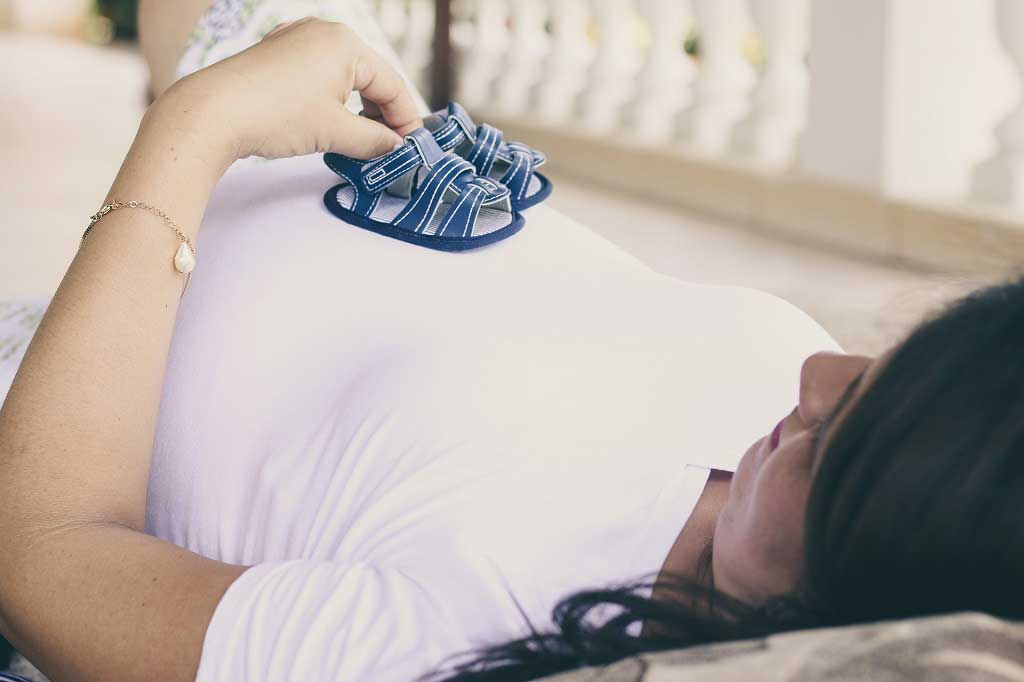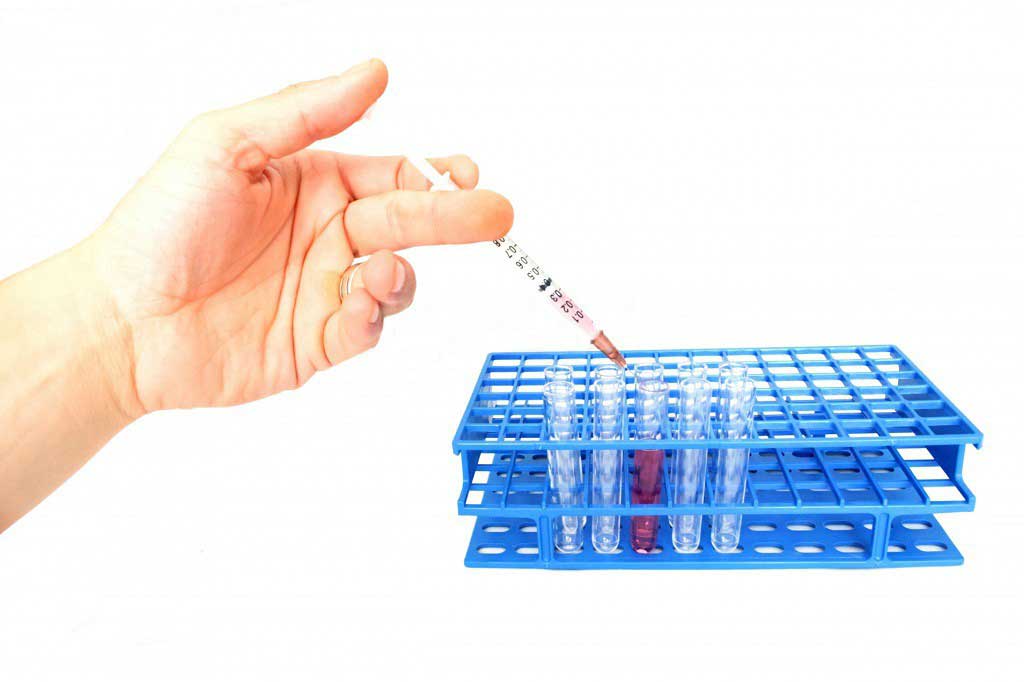Escherichia coli (E. coli) O157
Symptoms of E. coli O157 infection
Symptoms include diarrhoea, stomach cramps and occasionally fever. About half of people with the infection will have bloody diarrhoea.
People usually notice symptoms three to four days after they have been infected, but symptoms can start any time between one and 14 days afterwards.
These symptoms can last up to two weeks.
A small number of people with E. coli O157 infection go on to develop a serious condition called haemolytic uraemic syndrome (HUS). This can sometimes lead to kidney failure and death, although this is rare. The risk of HUS is highest in children aged underfive years.
Some people become infected but don't develop symptoms.
Find out more about Gastroenteritis .
Introduction
NHS Choices information on Escherichia coli (E. coli) O157, a bacterial infection that can cause severe stomach pain, bloody diarrhoea and more serious complications.
Symptoms of E. coli O157 infection
Symptoms include diarrhoea, stomach cramps and occasionally fever. About half of people with the infection will have bloody diarrhoea. People usually notice symptoms three to four days after they hav
Treatment and care at home
There is no specific treatment for E. coli O157 infection. People who are infected can usually be cared for at home and most will get better without medical treatment. It is important to drink plenty
How to prevent E. coli O157 from spreading at home
Strict hygiene measures are essential to stop others getting infected. Wash your hands thoroughly with soap in running water and dry them completely . Use liquid soap and warm water if you can. E
Returning to work or school
Anyone who has had an E. coli O157 infection should stay away from work or school until they have been completely free of symptoms for 48 hours. Most people are no longer infectious after about a wee







 Subscribe
Subscribe Ask the doctor
Ask the doctor Rate this article
Rate this article Find products
Find products